Case Study: Professional Year Program - Ethics and Data Privacy
VerifiedAdded on 2022/01/07
|6
|818
|23
Case Study
AI Summary
This case study from a Professional Year Program examines an ethical dilemma related to patient data privacy. The student analyzes a scenario where a nurse risks a data breach by leaving a USB drive containing sensitive patient information at home. The analysis utilizes Chris MacDonald's moral decision-making framework, exploring the nurse's actions through various steps like recognizing the moral dimension, identifying interested parties, considering values, and weighing benefits and burdens. The student also makes recommendations based on the ACS code of ethics, suggesting measures such as data encryption, deletion after use, and avoiding taking sensitive data home. The conclusion emphasizes the severe consequences of data breaches for all stakeholders and highlights the importance of data security protocols. The assignment references relevant literature and legal frameworks like the Privacy Act 1988 and Health Records and Privacy Act 2002.
1 out of 6
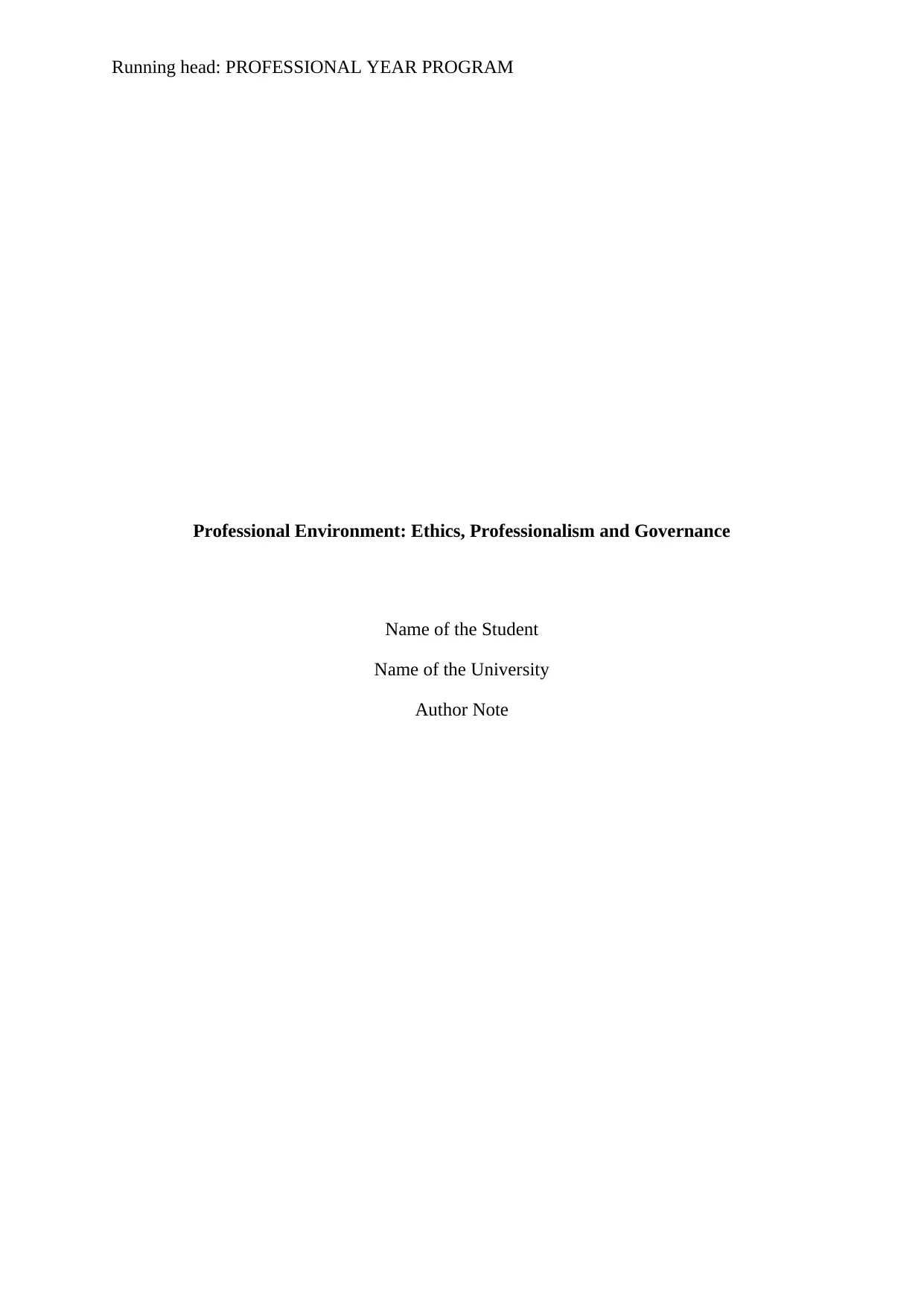
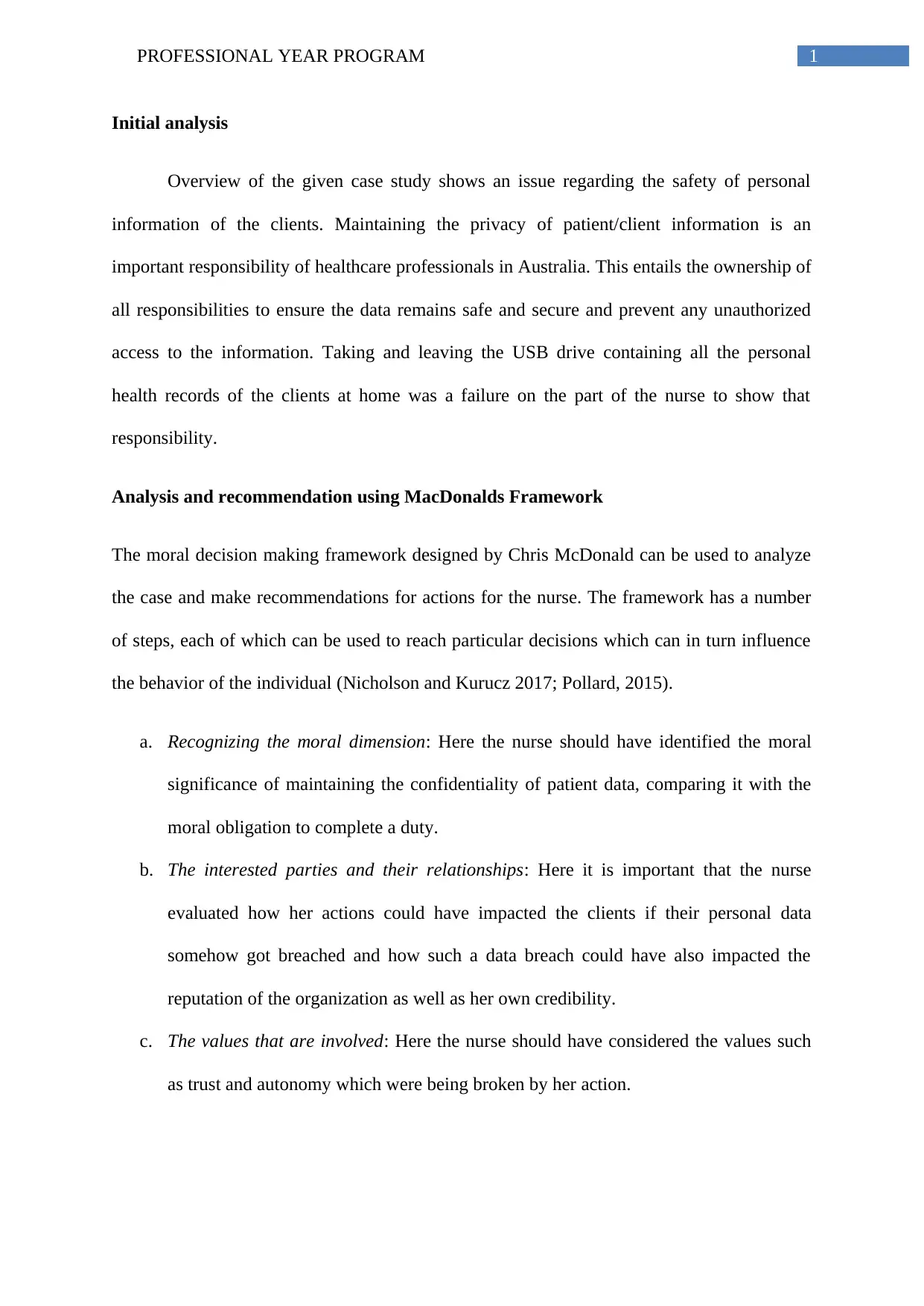
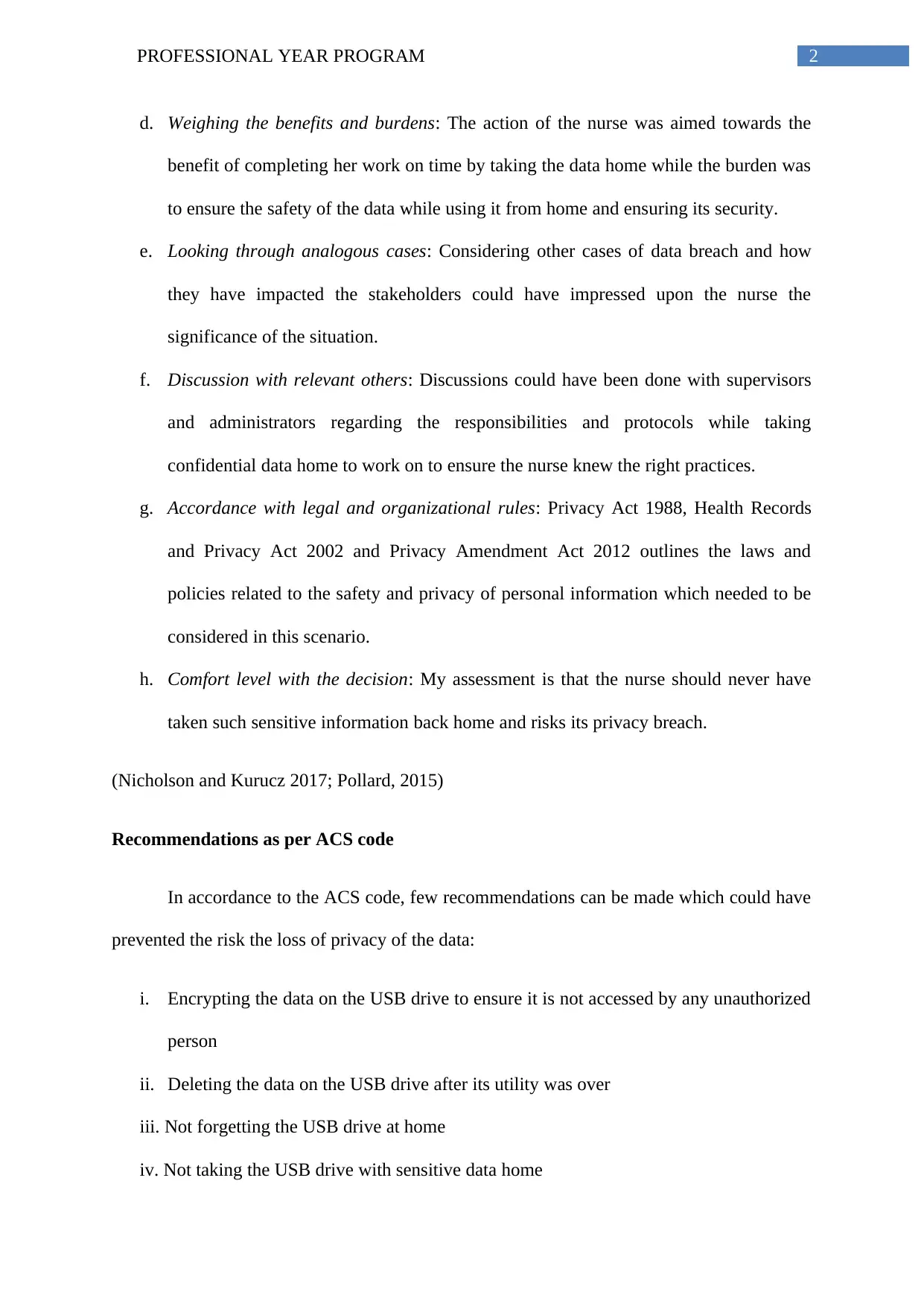

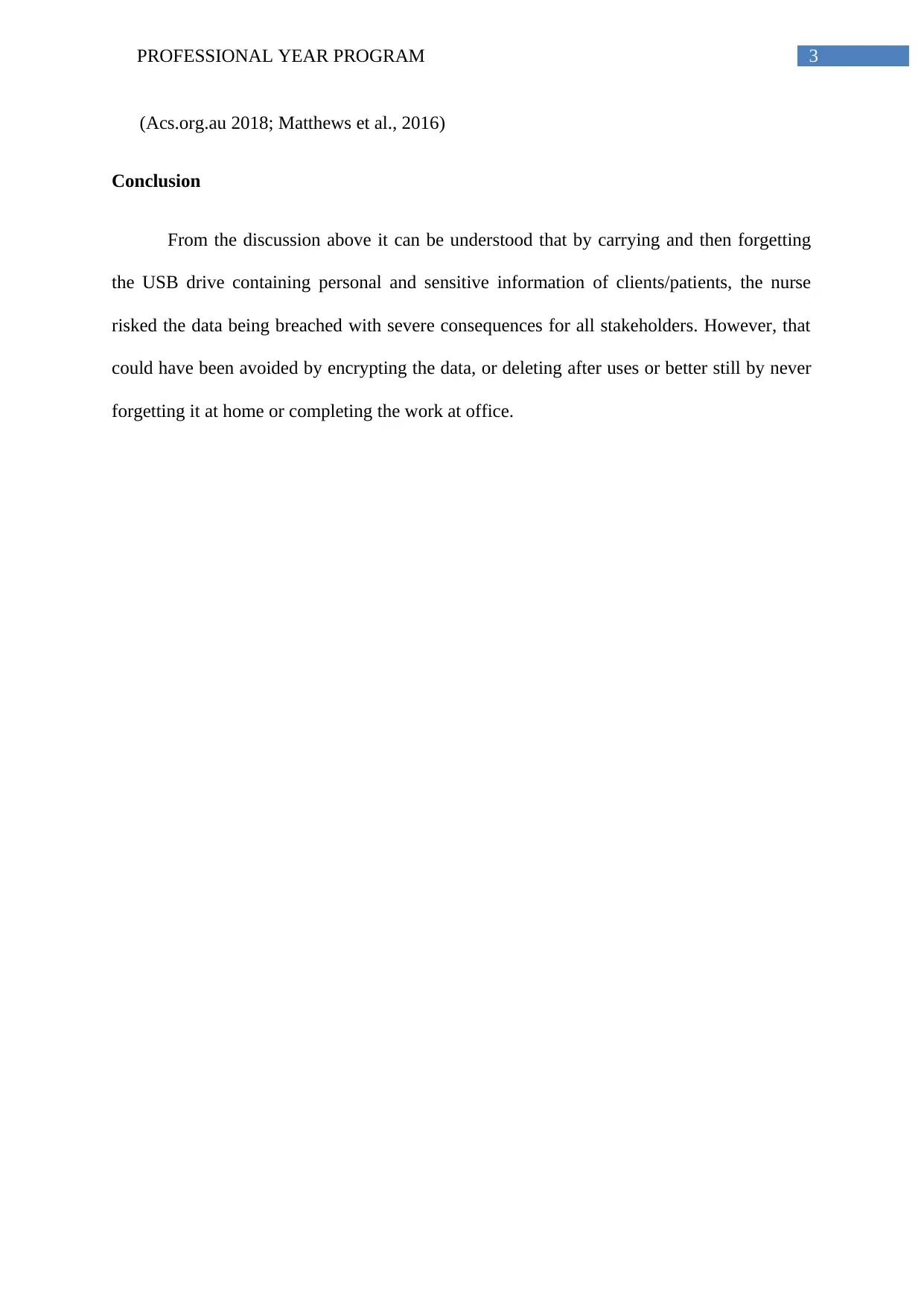
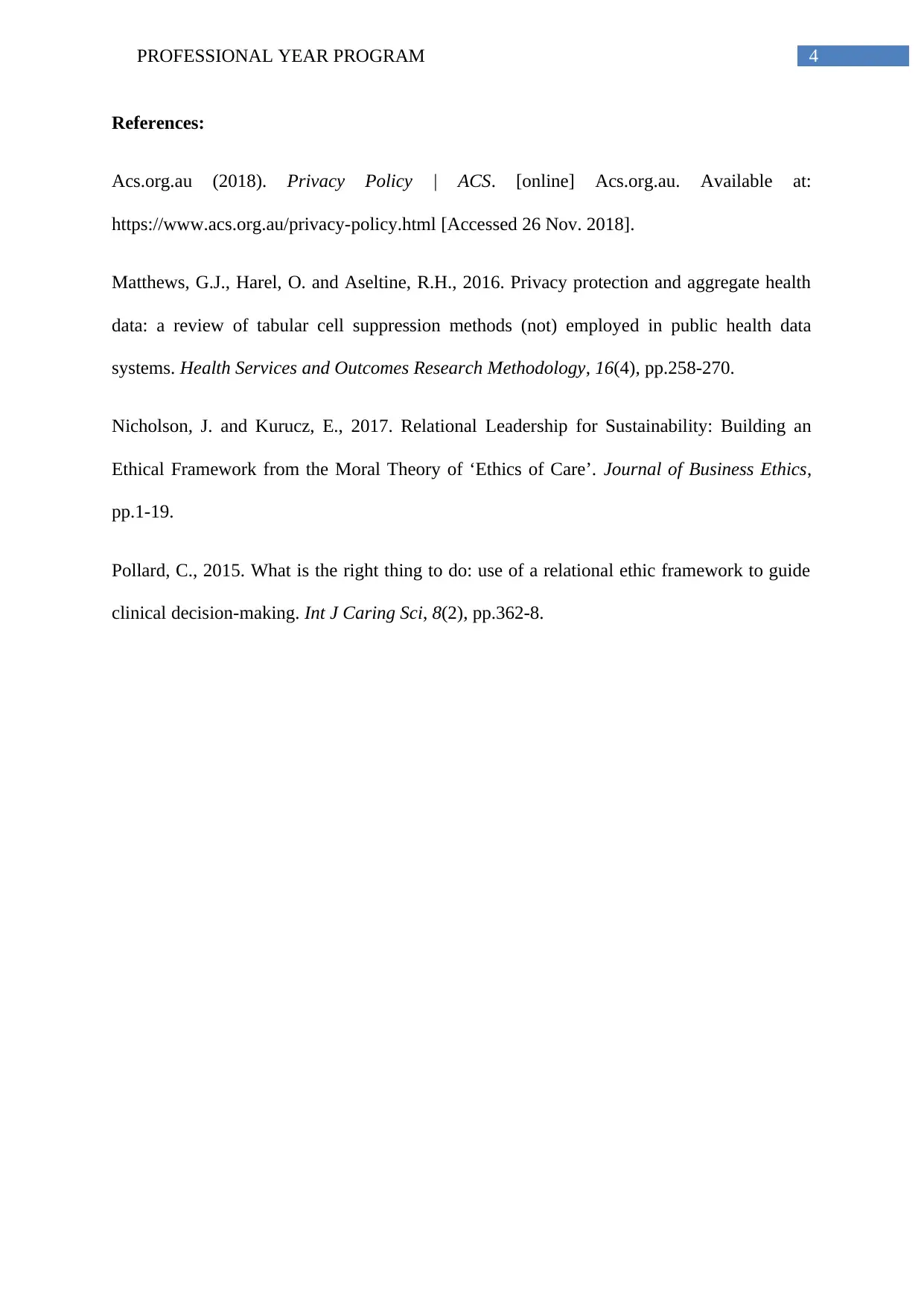
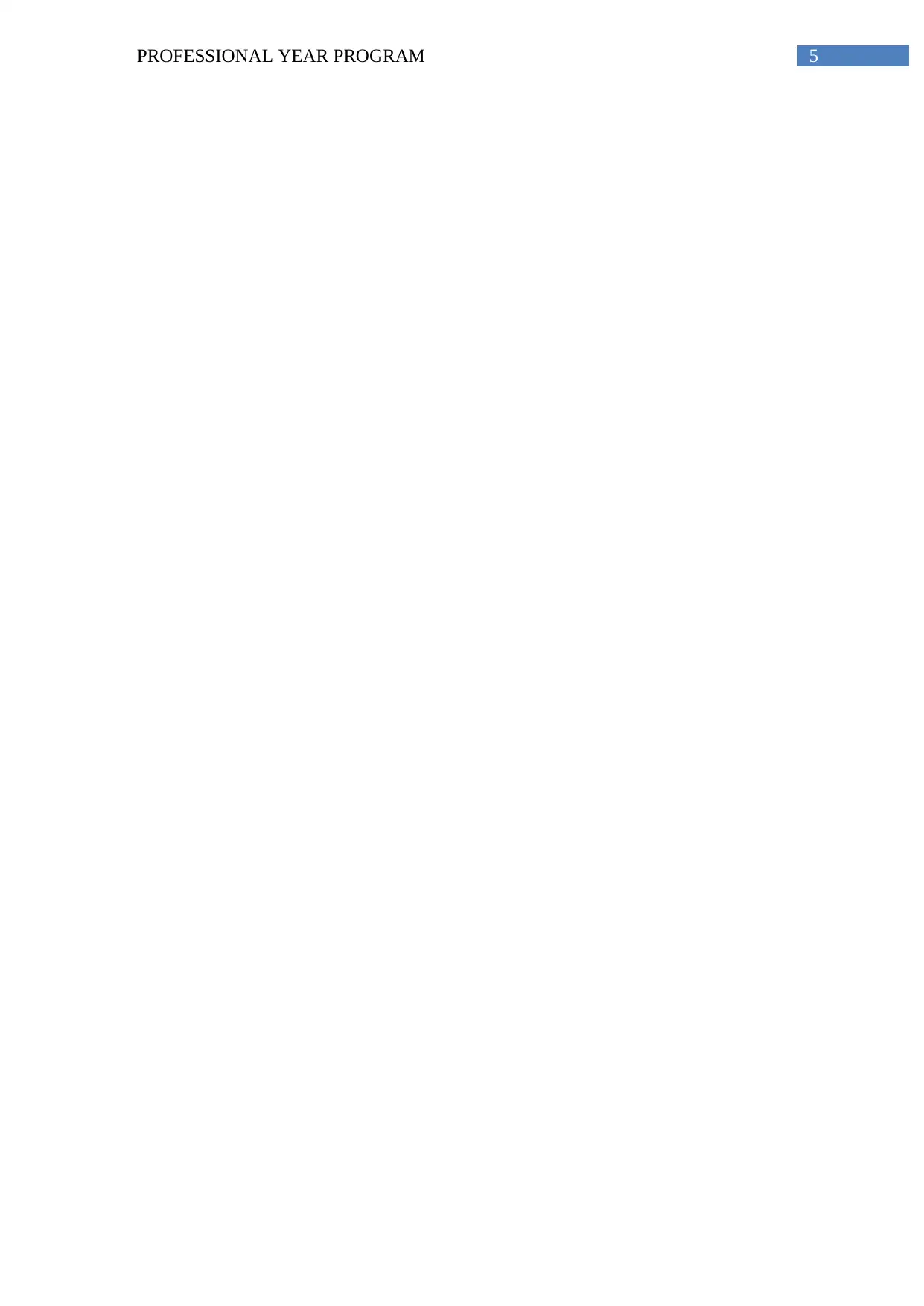






![[object Object]](/_next/static/media/star-bottom.7253800d.svg)